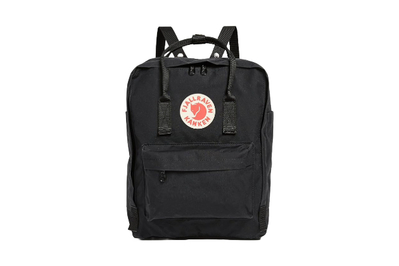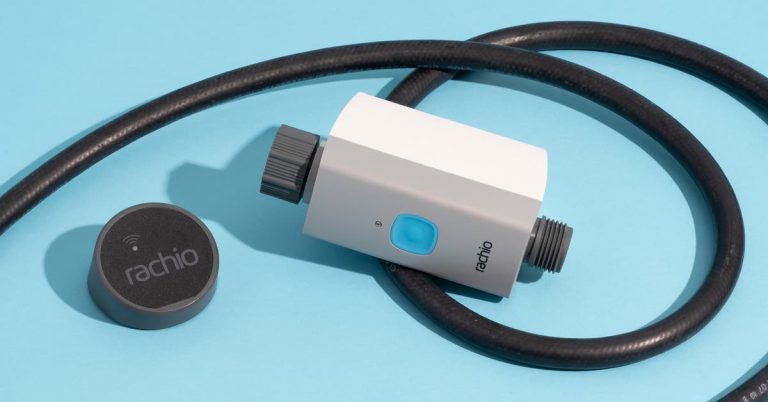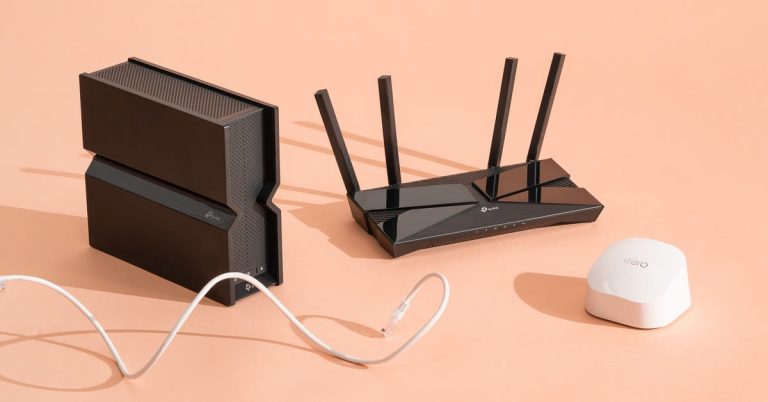The Classic Fjällräven Kånken Backpack Is Flawed. I Love It Anyway.
When I bought the Fjällräven Kånken backpack six years ago, I did not think I was solving a problem. In fact, I suspected I was creating one. I was living in a German college town where every adult seemed to own this incredibly charming, suspiciously expensive kids school backpack. After months of deliberation, I succumbed to the allure. But I was worried: Had I been brainwashed by sheer overexposure? Would the bag languish in my closet?
No one is more surprised than me that the Kånken is my go-to for day trips, shopping afternoons, and intra-European flights (where the personal item size restrictions are tiny). It hits that sweet spot between when a purse is too small and a standard backpack is too big, when an oversized tote kills your shoulder and an outdoorsy day pack kills your vibe.
It’s perfect for someone like me, whose style skews middle schooler and whose back skews middle-aged. Because it was designed for school kids, it’s smaller than most adult backpacks. And because it was designed in 1970s Sweden, its retro charm is legit. Plus, it’s impressively light — a mere 10.5 ounces compared with classic school bags that often weigh closer to 1.5 pounds.

Despite being small (14 by 11 by 5 inches), the Kånken is also surprisingly spacious. It’s mostly one large compartment with an extended zipper that gives you access to every interior inch. I like that you can’t fit too much (this is definitely not a laptop bag), but you can fit everything you need for a day out. I don’t tend to overpack it, but, when I do, I like to unzip it fully and load it flat.
It has a few useful pockets: a zippered front pocket for items you want to access quickly and two small side slip pockets. I use one side pocket for my phone and the other for a water bottle (though it took some effort to find one narrow enough to fit). While it doesn’t have any interior pockets, I use the slip pocket that holds the back pad to store slim valuables, such as my passport.

The long top handles are useful and unique for a backpack, letting you carry it like a shopping bag. This is handy while squeezing through crowds, in stores full of breakables, or in museums where you can’t wear a backpack. It’s also very easy to hang up on a bar hook or in a restroom.
The Vinylon F fabric is extremely durable, and my backpack has held up to six years of scrapes and scratches. (Apparently some Swedish adults still have the Kånkens from their school days.) While it has weathered, it feels like the good kind of aging, like leather’s gentle softening. The bag’s contents stay dry through light rain (though I soaked it through once during a downpour), and the logo is a reflective badge, an added bonus for walking around at night.
Beyond its durability and sensible size, this backpack has something many others do not: style. It doesn’t just pack flat and weigh next to nothing, it actually looks cute in vacation photos. The color options are practically endless — really. You can choose contrasting straps or even customize it completely. I picked low-key colors so it wouldn’t clash with my sometimes high-key ensembles, but I’ve seen muted dressers go bold for a fun pop of color.

After a few years, I admit it — I got tired of the unpadded straps cutting into my armpits and sprung for the Kånken shoulder pads, which solved the issue but cost twenty bucks. Another con: The back padding is literally just an exposed piece of polyethylene foam marketed as a removable seat cushion. It protects my back surprisingly well, but it’s so janky that some people accidentally throw it out thinking it’s packing material—and I have not once considered using it as a so-called seat cushion.
For almost 50 years, the original Kånken has been unapologetically itself. Fjällräven will not add interior pockets. It will not expand the bag to fit your laptop. It will not read the new literature on ergonomics. It will not refine the interior. It will not integrate the back padding. There will be nary a loop for your pen.
But the Kånken will be spacious. It will be lightweight. It will be charming. And it will be all of these things precisely because it is so simple. Not stubbornly unchanging, but confidently classic.

Imperfect, yes. And yet: Day after day, week after week, year after year, I step out of the house, the city, the state, the country. I change time zones, I change jobs. I go shopping, I go sightseeing, I go to the park, I take a hike, I hop on a bike. I get stronger, I get weaker, I get older, my back disappoints me again. I have a mountain of bags to choose from — chic leather totes and crossbody bags flush with pockets and amply padded backpacks — but if I’m going out for more than two hours and up to a day, I don’t blink an eye. I choose this, my flawed little dream of a backpack.
This article was edited by Hannah Rimm and Maxine Builder.







